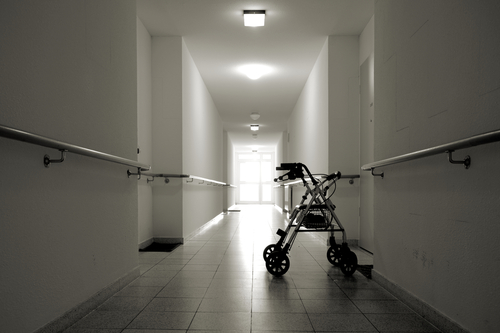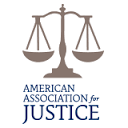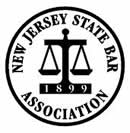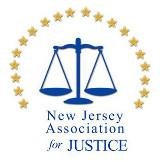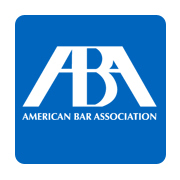Seeking answers, but met with silence, residents are left to wonder if they’ll be the next to disappear as the coronavirus pandemic ravages a Bronx assisted living facility.
A communication breakdown amid a raging COVID-19 outbreak made for nightmare conditions within a Bronx assisted living facility during the early, deadly months of the coronavirus pandemic in New York City. In a recent ProPublica article, the recounting of the circumstances at Bronxwood Assisted Living during this time underscores those aspects that render adult care communities especially vulnerable in crises.
In the spring of 2020, New York City was a major epicenter of the COVID-19 outbreak in the United States, and the Bronx led all the city boroughs in case rate, hospitalization rate, and death rate at that time, says the Centers for Disease Control and Prevention. [https://www.cdc.gov/mmwr/volumes/69/wr/pdfs/mm6946a2-H.pdf]
Bronxwood Assisted Living, New York State’s third-largest adult care facility, is situated squarely in what was the borough’s hardest-hit area. With the pandemic creeping ever closer, the facility was primed for a disaster, thanks to the close proximity of Bronxwood’s residents to one another and the vulnerable demographic of its population (elderly Black and Hispanic people, most with preexisting health conditions, from the area’s poorest neighborhoods). When the crisis did come, it unfolded not in chaos, but in silence. According to ProPublica, the sickness and death that followed was characterized primarily by the sudden absence of neighbors and other familiar faces.
As the deadliest days came in New York City—566 deaths per day at the beginning of April, reports the CDC—the once bustling Bronxwood dining room became vacant and shuttered, the theater room darkened and padlocked. Visitors were banned, and the lobby taped off. Residents were discouraged from socializing outside of their rooms, and for many, Bronxwood began to feel like a prison. Meanwhile, the library became a landing place for the possessions of those who had disappeared, and management stayed silent about the fate of the missing, leaving residents to speculate, and to worry. They kept their own count of the vanished and tried to guess how many might have died.
“We lost a lot of friends,” said one resident who attempted to match the names of the dead in the newspapers with missing neighbors. “And you’re scared—you’re really scared—because you don’t know if you’re next.”
According to ProPublica, in times of crisis, certain hallmarks of assisted living facilities are what render them vulnerable, including the following:
Bottom of Form
- Lack of Regulation—Unlike nursing homes, adult care facilities are not federally regulated. Without federal oversight, care standards vary from state to state, and even from one facility to the next, so that something like infection control, imperative during a pandemic, can be difficult to implement with any regularity.
- Less Staffing—Different from nursing homes, assisted living facilities have no requirements for medical staffing, despite the large percentage of elderly residents.
- ProPublica says that, in the beginning of the pandemic crisis at Bronxwood, aides and other staff were working without the proper personal protective equipment necessary for workers. In a setting where shared bathrooms and group meals inhibited social distancing, the lack of PPE put residents and staff at further risk for infection.
- The article also mentioned residents who were given roommates with infirmities who required help, obligating these residents to become caregivers in the absence of extra aides.
Forty percent of the country’s COVID-19 deaths have taken place in nursing homes and assisted living facilities. In a final, sobering note, ProPublica indicates that the way New York tallies COVID-related deaths—those that occur off premises, such as at a hospital, are not attributed to facilities where the deceased lived—may skew the real numbers of how and how many assisted living residents and staff have been impacted by the pandemic, a discrepancy which impedes the determination of how badly interventions may be needed.
Holding Facilities Accountable for Your Loved One’s Care
The coronavirus pandemic has placed the vulnerable elderly in difficult, and often dangerous, circumstances. More than ever, it is important to ensure your loved one’s Pennsylvania or New Jersey nursing home is capable of providing secure environment that meets every health and safety requirement. If the safety or quality of care of a Philadelphia/PA or NJ facility during COVID-19 raises your concern, or if you suspect neglect, abuse, or fraud has occurred at the Pennsylvania, Philadelphia, or New Jersey nursing home where your loved one lives, please contact nursing home abuse attorney Brian P. Murphy to discover your legal rights and options.

